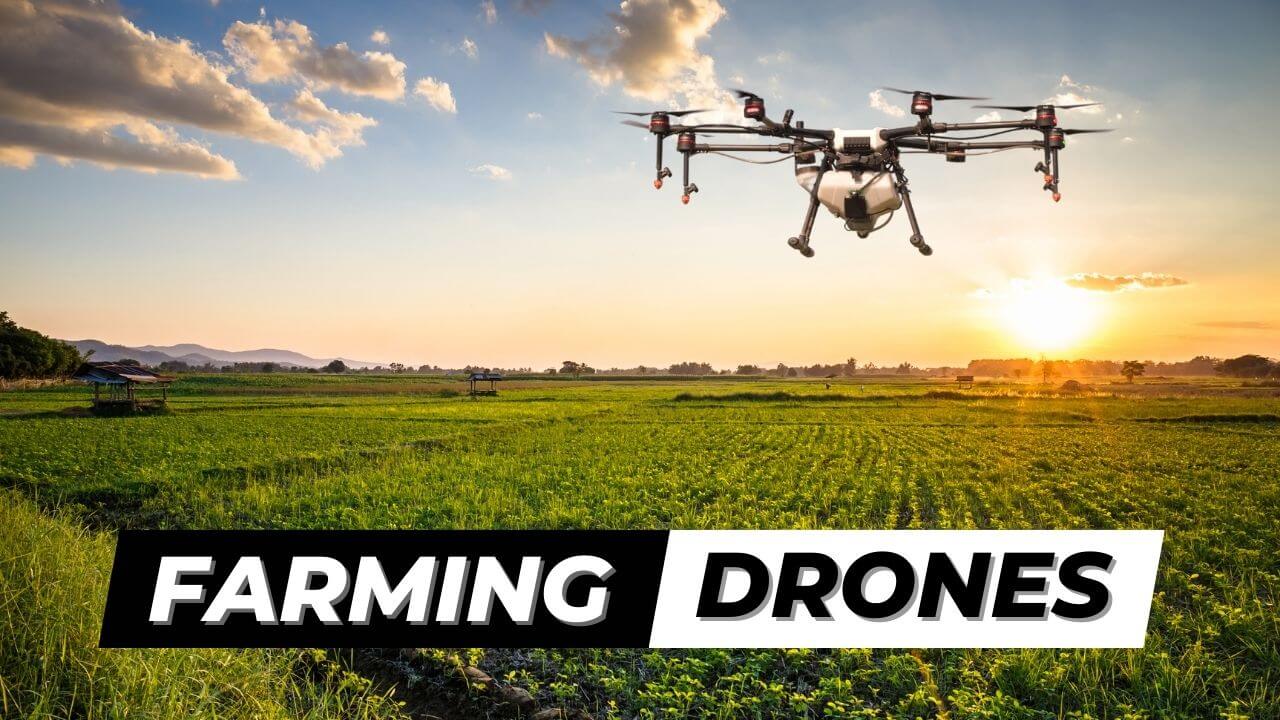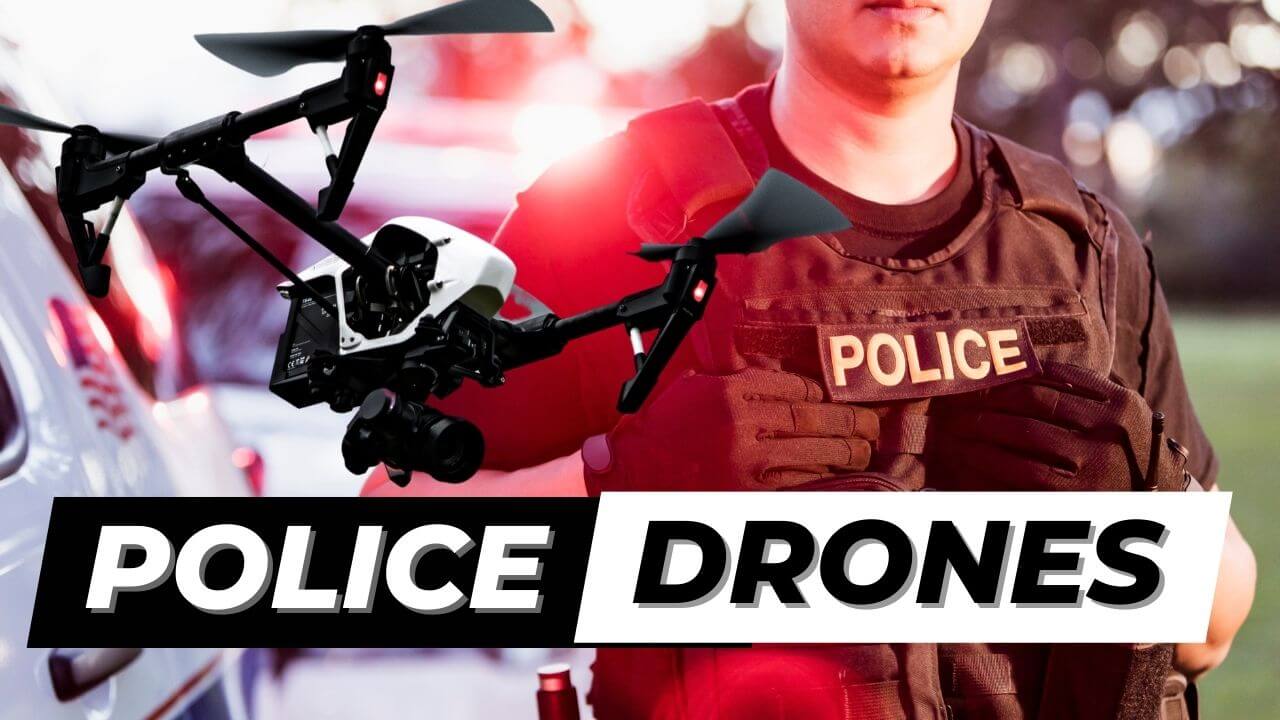Farming is a very important industry, but it’s not easy. It requires a lot of hard work, time, and effort to take care of crops. Fortunately, technology has come to the rescue, and farmers can now use drones to make their work easier. In this article, we’ll be looking at the top 3 advantages of drones in agriculture.
1. Crop Monitoring
What is crop monitoring and how do drones help with it?
Crop monitoring is when farmers check on their crops to see how they are growing. Drones with high-resolution cameras and powerful sensors can quickly and easily survey large areas of land. They provide farmers with detailed information about the health and growth of their crops. This can help farmers identify and address issues like pests, disease, and uneven growth before they become major problems.
2. Agriculture Crop Spraying
How drones can help with precision agriculture
Drones can be equipped with special nozzles that allow them to spray pesticides and fertilizers with precision and efficiency. This can save farmers time and money, while also reducing the risk of overspray and other issues that can harm the environment. The drones can also be programmed to spray only in certain areas where the crops need it, making sure that everything is properly taken care of.
3. Water Management
How agriculture drones can help with irrigation
Drones with multispectral cameras can detect which areas of the field need more water, and use this data to create efficient irrigation plans. Drones can also be used to monitor water levels in dams, rivers, and other sources, allowing farmers to adapt their irrigation plans accordingly. With drones, farmers can make sure that their crops are getting the right amount of water and that none of it is going to waste.
Questions We Get Asked
How are drones used in Australian agriculture?
Australian farmers increasingly rely on drones to manage water and assets, including livestock, buildings, and dams. These unmanned aerial vehicles are an essential tool for mapping flows, surveying crops and distributing fertilisers.
What types of drones are available for farming?
Drones used in agriculture are divided into two types: fixed-wing and multi-copter drones. Fixed-wing drones are expensive and require a large area for take-off and landing but they can handle adverse weather and longer flight time. Multi-copter drones are cheaper, versatile, easy to use, and ideal for precision spraying and capturing aerial imagery. Multi-copter drones are increasingly being used in agriculture for various tasks.
Read More: Drone Applications for Real World Scenarios
Drones are becoming an increasingly important tool in the world of agriculture. They can help farmers to optimize their crop monitoring, crop spraying, and water management, making farming a whole lot easier. Whether you’re a small farmer or a large agricultural corporation, drones can help you to make sure that your crops are growing well and that everything is taken care of properly.





Leave A Comment